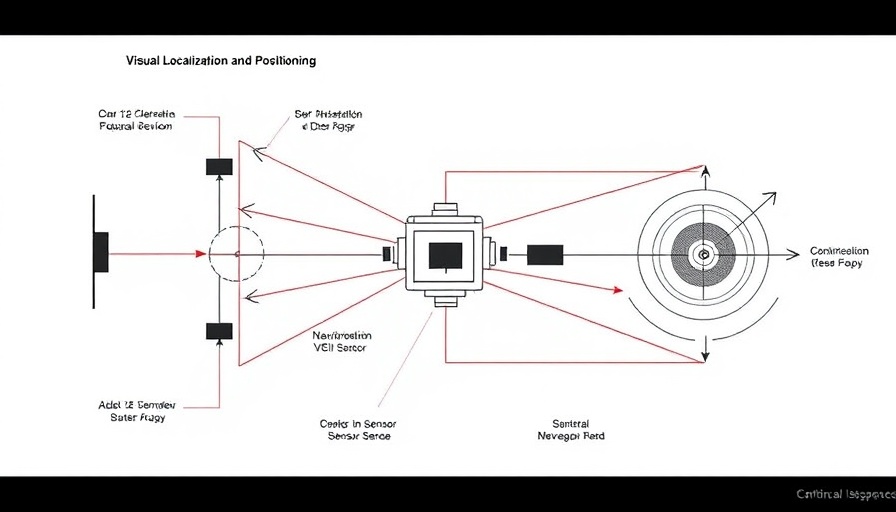
Revolutionizing Indoor Navigation with Advanced VLP/INS Systems
As technology advances, the challenges of indoor navigation continue to be met with innovative solutions. A breakthrough study conducted by researchers from Wuhan University and Shenzhen University has unveiled a tightly coupled integration of Visible Light Positioning (VLP) with Inertial Navigation Systems (INS) that aims to address the limitations of traditional Indoor Positioning Systems (IPS). While conventional methods such as WiFi and Bluetooth often fall short, VLP offers improved accuracy and cost-effectiveness. However, even VLP has limitations, such as signal blockages and varying receiver inclinations. This new system effectively tackles these issues through real-time signal analysis and optimization.
A Leap Forward in Indoor Positioning
The researchers have developed a navigation system that not only provides excellent positioning but also adapts to dynamic environments. The key advancement involves utilizing graph optimization techniques to handle signal disruptions in real-time. This means that intricate scenarios where light signals are blocked can be navigated seamlessly, allowing for potentially transformative applications across various sectors including robotics and augmented reality.
Real-World Applications and Performance
Experimental results have shown promising accuracy levels, with average positioning errors reported to be as low as 10 cm. This is a substantial improvement and speaks to the robust nature of this integrated approach. For instance, various trials demonstrated a 100% success rate in blockage detection, reassuring users that uninterrupted navigation is achievable even in environments characterized by frequent obstructions.
Why This Matters: The Future of Indoor Localization
As industries increasingly rely on automated systems and smart devices, the demand for reliable indoor navigation systems will inevitably rise. This advancement in VLP/INS technology is particularly relevant for applications in mobile robotics, automated guided vehicles, and smart buildings. The integration presents an opportunity for the development of efficient logistics, enhanced user experiences in smart homes, and improved safety measures across various environments.
The Takeaway: Embracing Innovation
Ultimately, the development of tightly coupled VLP/INS systems highlights the ongoing evolution of indoor navigation technology. Researchers like those from Wuhan and Shenzhen are not only paving the way for smarter technologies but are also addressing critical challenges that impact real-world applications. With the potential to redefine how we interact with our environments, embracing such innovations is essential for moving towards a future where indoor navigation can be as effortless as its outdoor counterpart.
 Add Row
Add Row  Add
Add 




 Add Row
Add Row  Add
Add 

Write A Comment